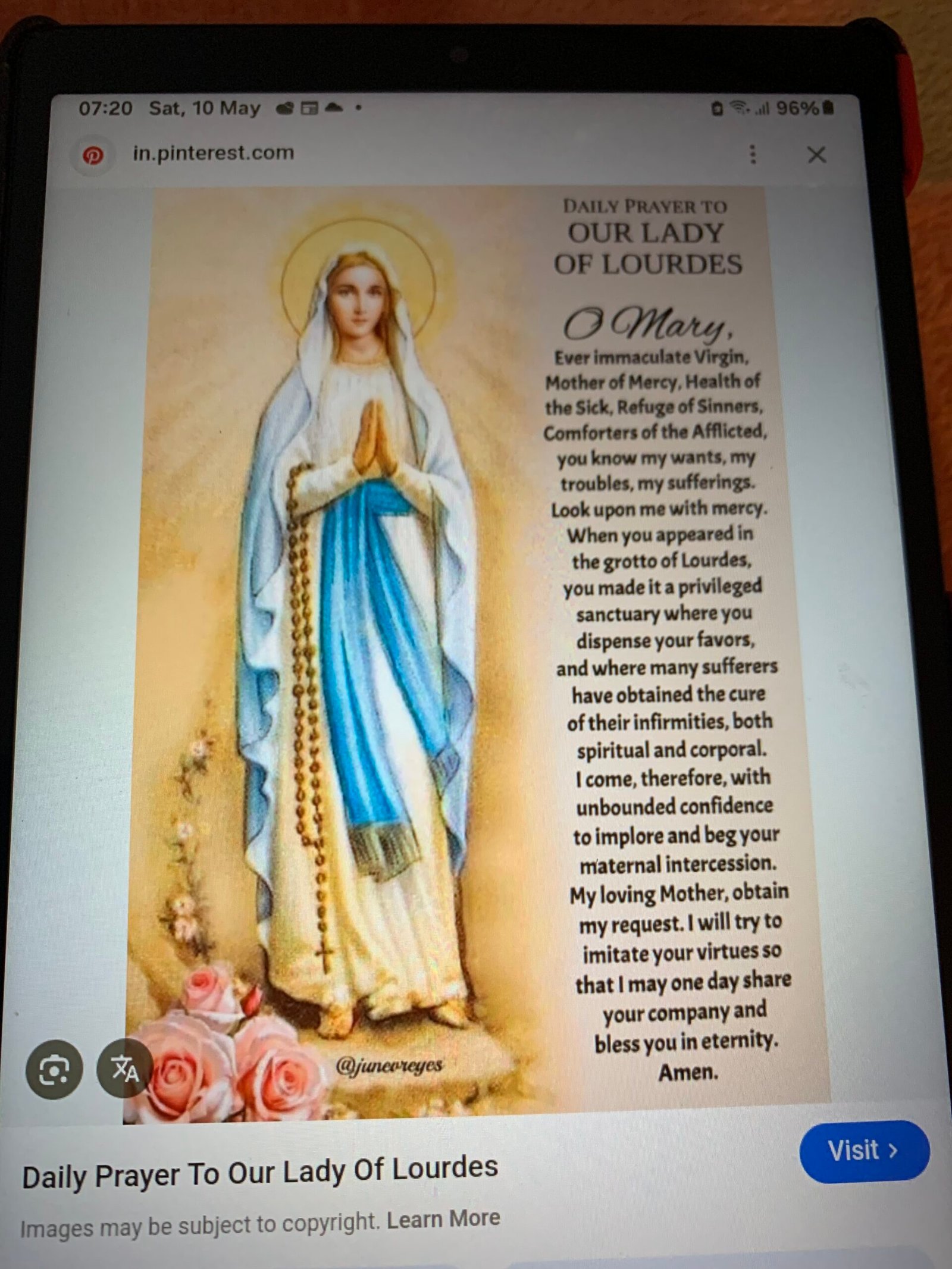- PART ONE. The evil Rome as the real and the real false prophet revealed to me by our Lord Jesus Christ
- The evil Rome as the true and the real false prophet revealed to me by the Almighty Lord Jesus Christ
- PART 1: Rome The False Prophet As Revealed By Our Lord Jesus Christ Himself
- PART 1: Rome The False Prophet – As Revealed by Our Lord Jesus Christ Himself
- PART 3: Rome The False Prophet – as revealed by our Lord Jesus Christ
- Another abominable things of the evil Rome, the false prophet
- Another abominable thing of the evil Rome was the false prophet
- The false doctrine of the Papacy to the Roman Catholic Churches turning to Mary for help and protection in times of crisis
- THE FALSE DOCTRINES OF THE ANTICHRISTS AND THEIR LIES AND DECEPTIONS
- The antichrists false doctrine of The Roman catholic all year round
- The revelation of our Lord Jesus Christ regarding the real antichrists
- Roman Catholic Feast Of Corpus Christi
Following the pope’s example, numerous leaders of the Faith around the world have entrusted their nations to Our Lady, including the U.S., whose bishops were to reconsecrate the country on May 1.
The witness of the pope and Church leaders is clear: Mary is both the Mother of the Church and the Mother of all people. But why should we turn to Mary in times of need, and how has she interceded for the Church throughout history?
Pope Francis prays in front of the Marian icon “Salus Populi Romani” at the Basilica of St. Mary Major in Rome March 15. (CNS photo/Vatican Media)
Advocate and spiritual mother
From a Catholic perspective, the intercessory power of the Virgin Mary has biblical and patristic roots. Early Church Fathers such as St. Justin Martyr (A.D. 100-65) and St. Irenaeus (130-202) recognized Mary as the “New Eve” (cf. Gn 3:15) who became the advocate of Eve. St. Ephrem the Syrian (306-73) spoke of Mary as “the advocate of the abandoned,” and Theoteknos of Livias (550-650) referred to Mary “the advocate of the human race.”
At the wedding feast of Cana (cf. Jn 2:1-12), Mary showed her intercessory power and her concern for those in need. In his 1987 encyclical Redemptoris Mater, St. John Paul II described Mary’s intercession at Cana as an expression of her maternal mediation:
“At Cana in Galilee there is shown only one concrete aspect of human need, apparently a small one of little importance (‘They have no wine’). But it has a symbolic value: this coming to the aid of human needs means, at the same time, bringing those needs within the radius of Christ’s messianic mission and salvific power. Thus there is mediation: Mary places herself between her Son and mankind in the reality of their wants, needs and sufferings. She puts herself ‘in the middle,’ that is to say she acts as a mediatrix not as an outsider, but in her position as mother” (No. 21).
Mary’s intercessory power is found in her role as Queen Mother prefigured in the First Book of Kings. When Bathsheba, King Solomon’s mother, makes a request, the king says to her, “Ask it, my mother, for I will not refuse you” (1 Kgs 2:20). The New Testament also presents Mary as the Mother of all the beloved disciples of her son as represented by John the Apostle standing under the cross (cf. Jn 19:26-27). More recently, the Second Vatican Council explained that Mary is a spiritual mother who, taken up to heaven, continues with maternal charity to care “for the brethren of her son, who still journey on earth surrounded by dangers and difficulties” (Lumen gentium, No. 62).
Appeals to the Virgin Mary throughout Church history
Throughout Church history, Catholics have turned to the Blessed Virgin Mary in times of need. The icon of Mary, Salus Populi Romani, brought by Pope Francis to St. Peter’s Basilica for the March 27 prayer service and the Easter Triduum, has a long tradition of turning to the Blessed Mother in times of special need. According to one legend, the icon was painted by St. Luke the Evangelist and then discovered by St. Helena in Jerusalem in the fourth century. Sixthteenth century Church historian Cardinal Cesare Baronius believed the icon was of Byzantine origin, and it was brought to Rome during the pontificate of Pope St. Gregory the Great, who was the Roman pontiff from 590 to 604. When a terrible plague broke out, Pope Gregory carried the icon around Rome in a solemn procession invoking the Madonna’s intercession. The plague ceased, and the icon was placed in the Basilica of St. Mary Major.
